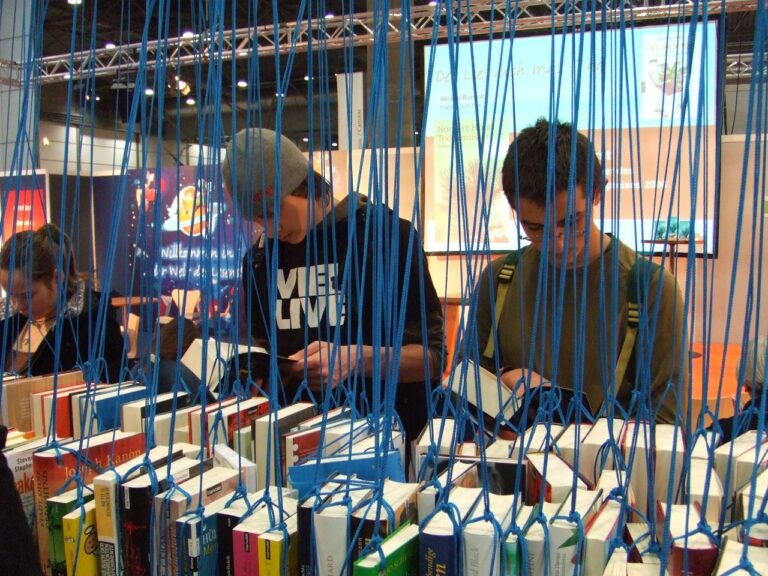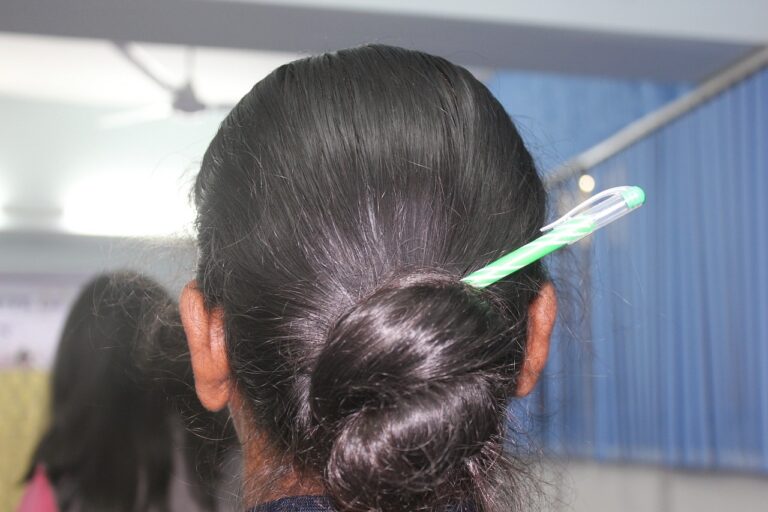Promoting Culturally Responsive Teaching in Art Education: Celebrating Diverse Artistic Traditions and Expressions
Culturally responsive teaching in art education is essential for creating an inclusive learning environment that values the diverse backgrounds and experiences of students. By incorporating culturally relevant content and art forms into the curriculum, educators can foster a sense of belonging and empower students to express themselves authentically. This approach not only celebrates the richness of different cultures but also helps students develop a deeper understanding and appreciation for the world around them.
Furthermore, culturally responsive teaching in art education can help bridge cultural divides and promote empathy and understanding among students. By encouraging students to explore and engage with art from different cultural perspectives, educators can instill a sense of curiosity and openness towards diverse ways of thinking and creating. This not only enriches the learning experience but also equips students with valuable skills that can benefit them in an increasingly globalized world.
Understanding the Impact of Cultural Diversity in Artistic Expressions
Cultural diversity plays a crucial role in shaping artistic expressions around the world. Various cultures bring unique perspectives, traditions, and techniques to the world of art, enriching the creative landscape with a diverse array of influences. Artistic expressions are deeply intertwined with cultural identities, reflecting the beliefs, values, and experiences of different communities.
Through the lens of cultural diversity, artists are able to draw inspiration from a wide range of sources, allowing them to create works that resonate with audiences on a global scale. By embracing cultural differences in artistic expressions, we can foster understanding, appreciation, and celebration of the rich tapestry of human creativity. Sharing and exploring diverse perspectives in art not only enhances our understanding of different cultures but also sparks new conversations and connections across boundaries.
Exploring Traditional Artistic Techniques from Different Cultures
Artistic traditions are deeply intertwined with culture, reflecting the unique identities and histories of different societies. From intricate Japanese ink wash paintings to vibrant Mexican folk art, each culture offers a rich tapestry of artistic techniques that have been passed down through generations. By exploring these traditional methods, artists can gain a deeper understanding of the cultural values and beliefs that inspire them.
Traditional artistic techniques also provide a window into the ways in which diverse communities interpret and interact with the world around them. For example, African tribal art often features geometric patterns and symbols that convey spiritual meanings and social hierarchies. By studying these techniques, artists can learn new ways of communicating ideas and emotions that may be different from their own cultural perspective.
Why is culturally responsive teaching important in art education?
Culturally responsive teaching in art education helps students appreciate and understand the diverse artistic expressions from different cultures. It promotes inclusivity and respect for cultural traditions.
How does cultural diversity impact artistic expressions?
Cultural diversity influences artistic expressions by shaping the themes, techniques, and materials used in creating art. It adds richness and depth to the art world.
What are some traditional artistic techniques from different cultures?
Traditional artistic techniques from different cultures include Japanese woodblock printing, African beadwork, Aboriginal dot painting, Chinese calligraphy, and Native American pottery making, among many others.







